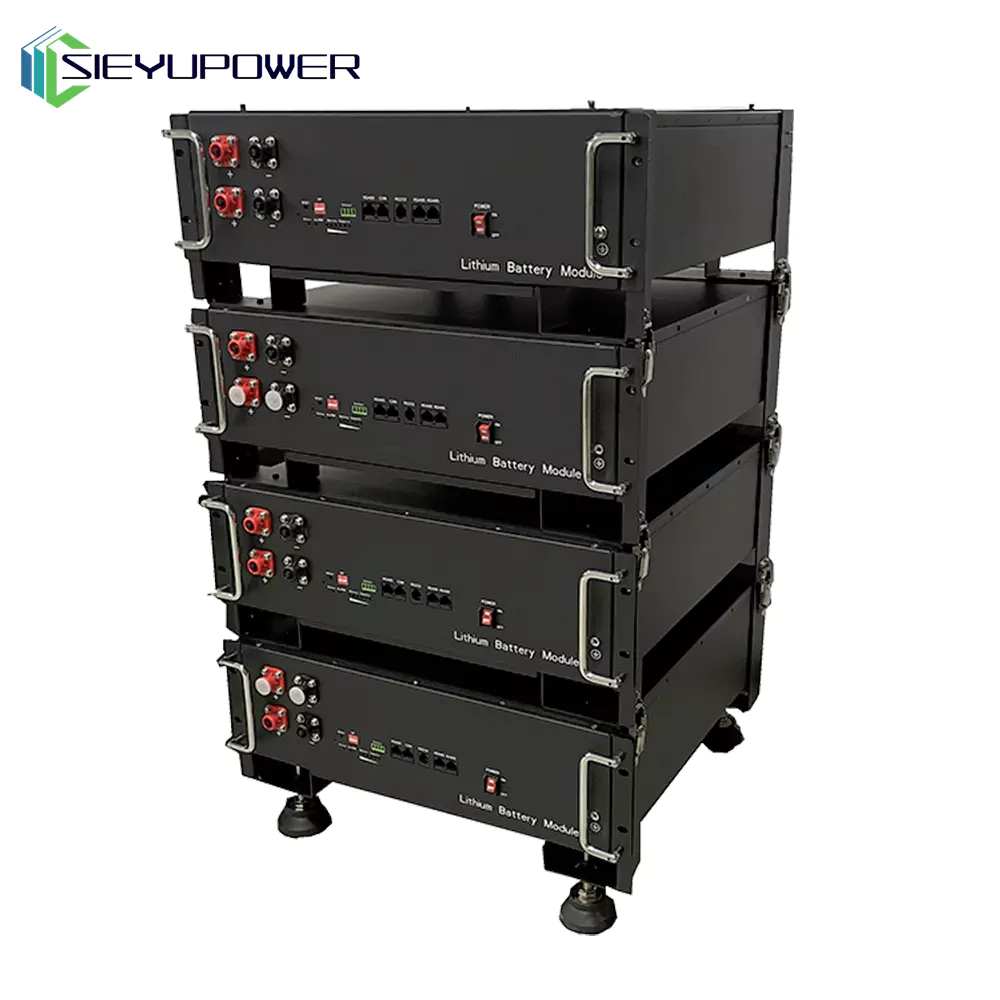Stacked lithium batteries .They improve the performance of the battery by reducing internal resistance. There are two types of internal resistance: higher winding resistance and lower winding resistance. Let’s take a look at the differences between them.
Lamination & Stacking technology improves battery performance
Lamination & stacking technology improves the performance of lithium polymer batteries. The process makes batteries with a low internal resistance and a high capacity density. The lamination process allows the cells to be stacked in parallel to improve capacity. This also reduces the cost of the battery cells.
Lamination also improves the electrochemical performance and the fast-charge capability of the battery cells. The technology also simplifies the stacking process. Electrospinning is a method for lamination that has several advantages over traditional stacking. This technique can be applied to a wide range of materials and allows for better control over the interface between electrodes and separators. It also allows the lamination process to keep as much of the separator surface unblocked.
Lamination & stacking technology also improves battery performance by reducing the amount of dead space between the electrodes. In addition, the lamination process can result in a larger cell capacity and increased cruising range.
Lamination & Stacking technology reduces internal resistance
Lamination & stacking technology is an effective method for reducing internal resistance of lithium batteries. It has several advantages over winding. In addition to improving cruising range and energy density, it reduces costs. The laminated structure reduces dead space and improves the multiplier performance of battery cells.

Lamination & stacking technology reduces the internal resistance of lithium batteries by reducing the thickness of the cell components. This method also allows for more compact design of the cell. A typical laminated cell uses thin film cathodes and anodes stacked in layers. It also incorporates a laminate film to seal the cell. The external electrodes and electrode tab are still sandwiched between the two.
While lamination and stacking technology reduce internal resistance of lithium batteries, they aren’t without their downsides. A laminated battery is much easier to charge, has a higher capacity density, and is capable of discharges of high currents quickly. This method also allows for the use of natural air cooling to reduce the pack’s temperature.
Higher winding internal resistance
High-voltage stacked lithium batteries are made by serially connecting two transitional unit lithium batteries. These batteries have a much higher volumetric and gravimetric specific energy and almost zero winding internal resistance, enabling them to provide higher power output than batteries made of similar active materials.
Stacking two batteries in series creates a more stable stack. Each series element contains 7.2 Ah. This is because the windings of the individual series elements are tightly coupled. However, the higher winding internal resistance in stacked batteries can lead to higher internal resistance. This can lead to a thermal runaway.
Stacked lithium batteries are not completely sealed. They require some form of insulating varnish. This varnish, which is UV photocurable, prevents electrolyte from leaking out of the stack. Once applied, the varnish fills the spaces around the bipolar plates. The coating also fills the spaces between the positive and negative active material layers.
Lower internal resistance
One way to improve the efficiency of stacked lithium batteries is to lower their internal resistance. This will improve the battery’s capacity and average charge/discharge voltage. Moreover, this strategy will also help reduce the loss of lithium inventory. To understand how to lower internal resistance in lithium batteries, we need to understand how lithium batteries are made.
Stacking lithium batteries in parallel can significantly reduce the internal resistance of the cell. The two or three-layer structure enables the batteries to discharge large currents in a short period of time. The disadvantage of this design is high internal polarization, which consumes some of the battery’s voltage. However, this design is more compatible with self-discharge platform because it has lower internal resistance.
Easy to operate
Easy to operate stacked lithium batteries can increase the output and capacity of your tools while improving their efficiency and performance. The battery modules are stackable for increased output and capacity and feature a built-in self-cooling mode. They are safe and environmentally friendly. And the battery management system includes protection functions that balance current and voltage between cells.
Stacking and winding both have their advantages and disadvantages. Stacking has a lower internal resistance while winding a single cell has higher resistance. Stacking allows a higher capacity density and can be easier to discharge large currents in a shorter period of time.


